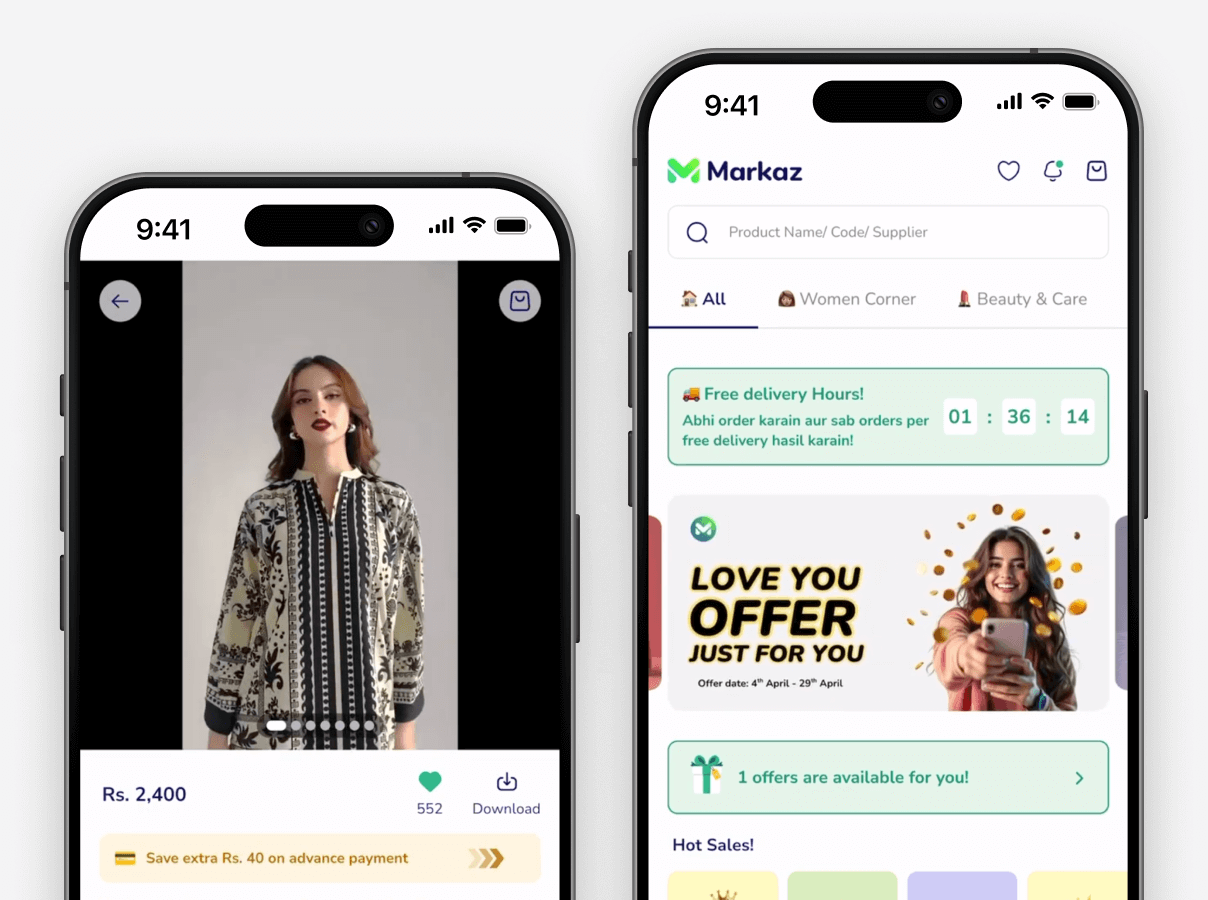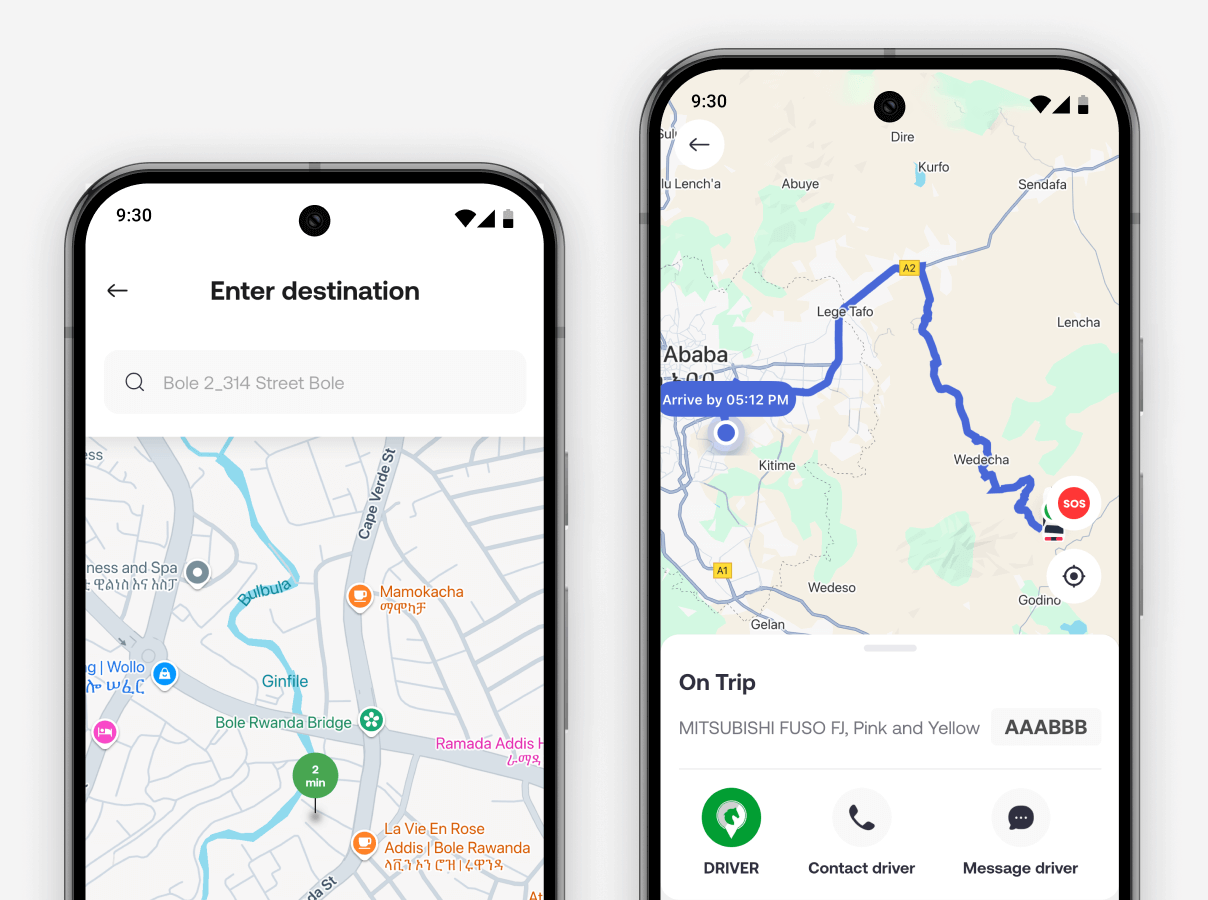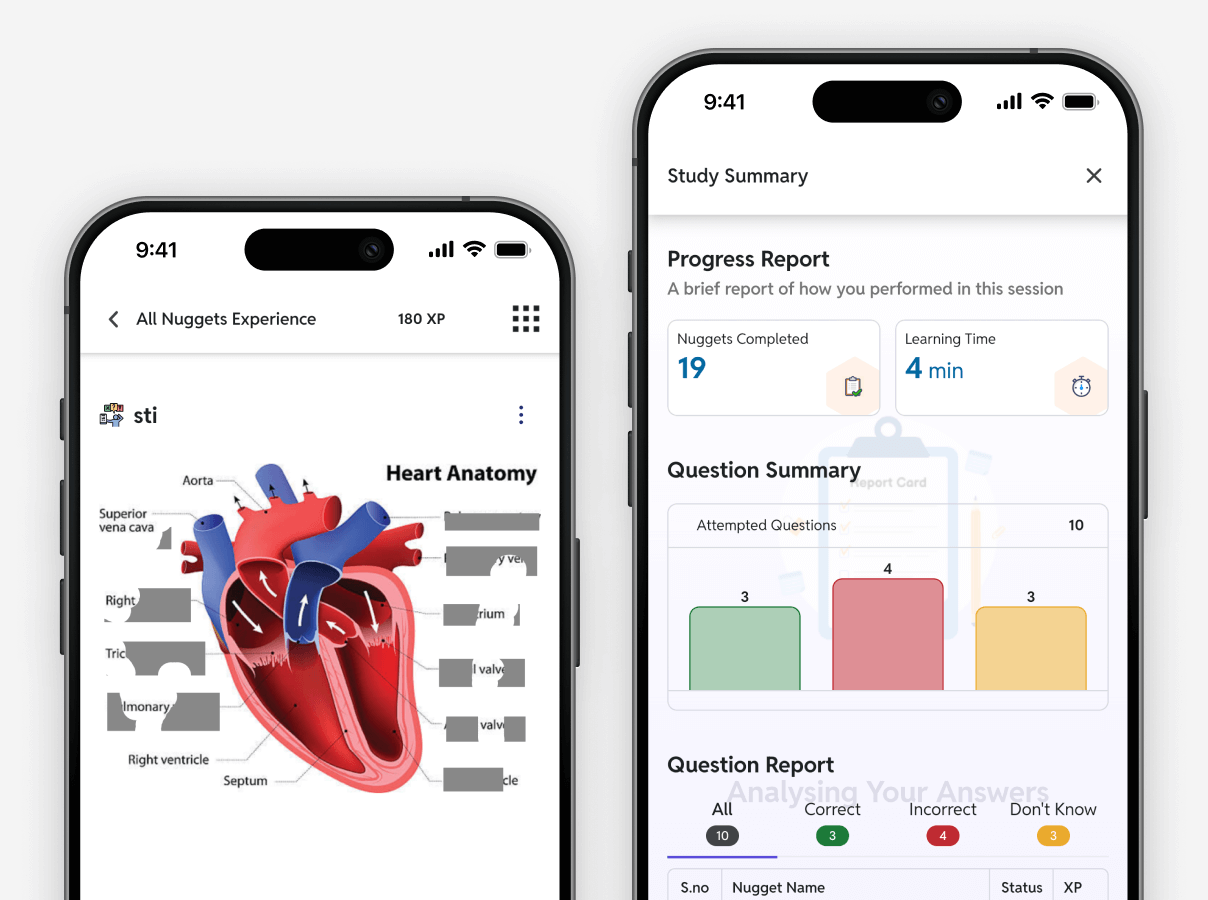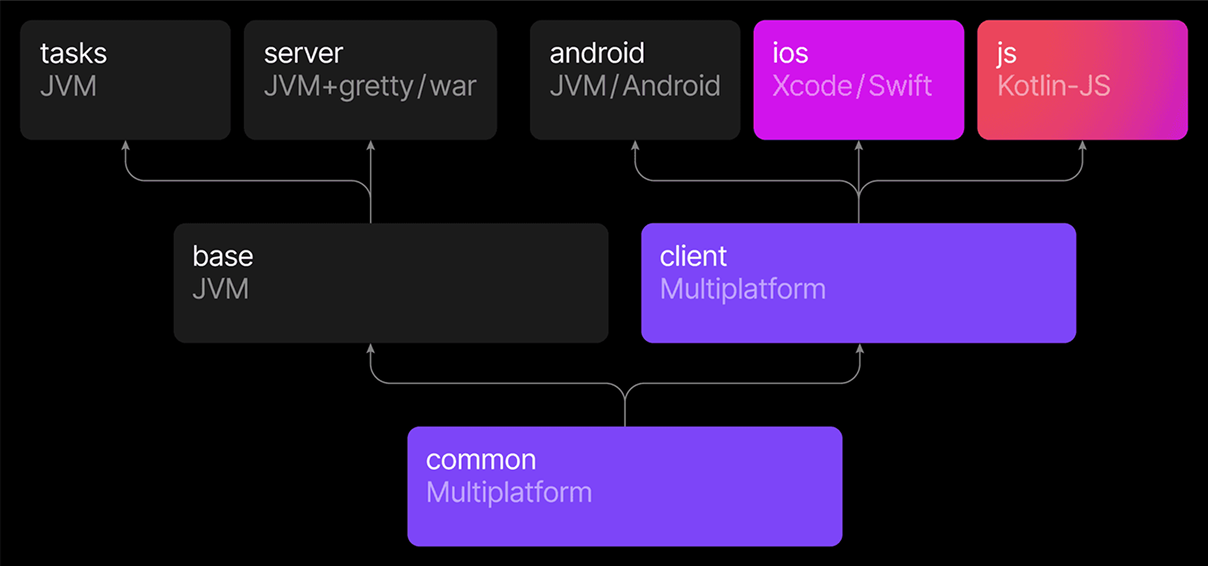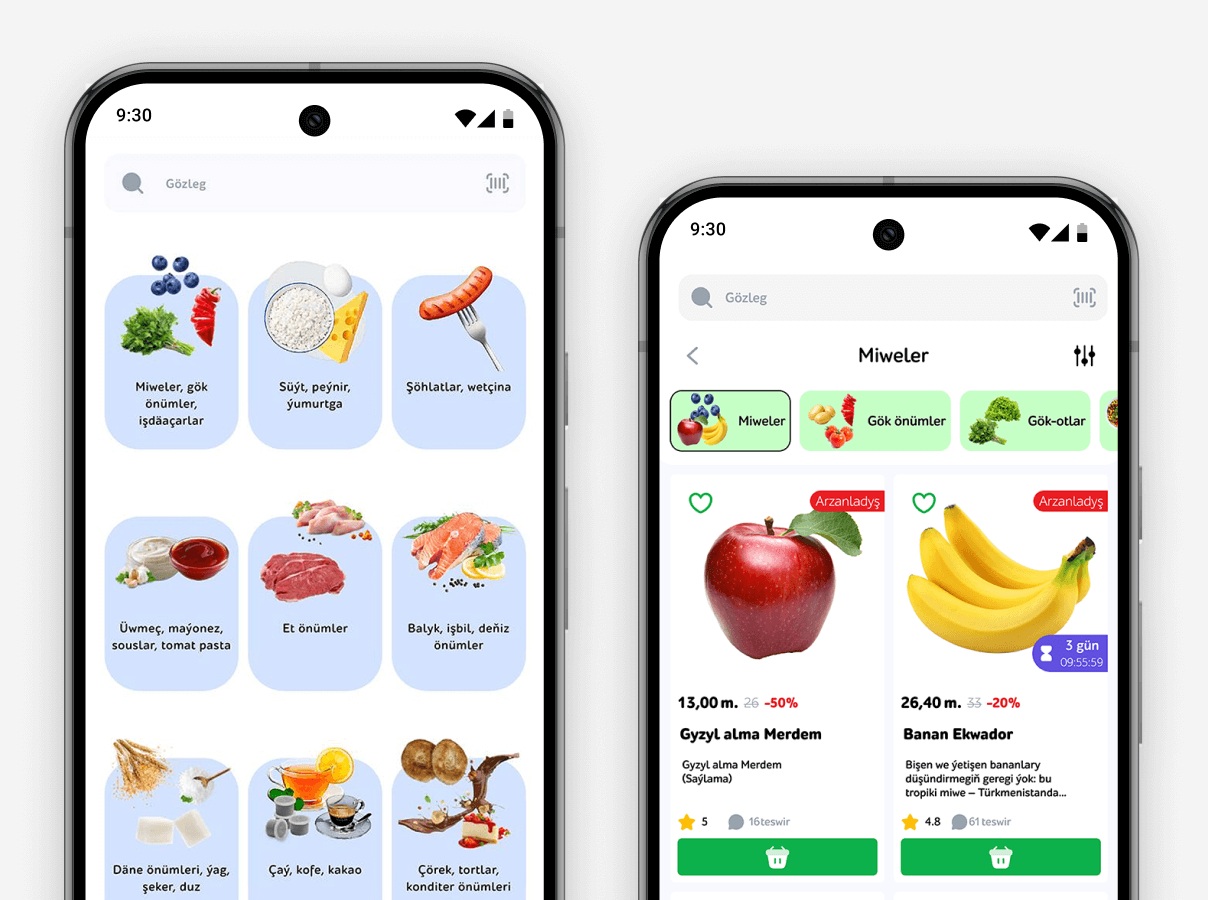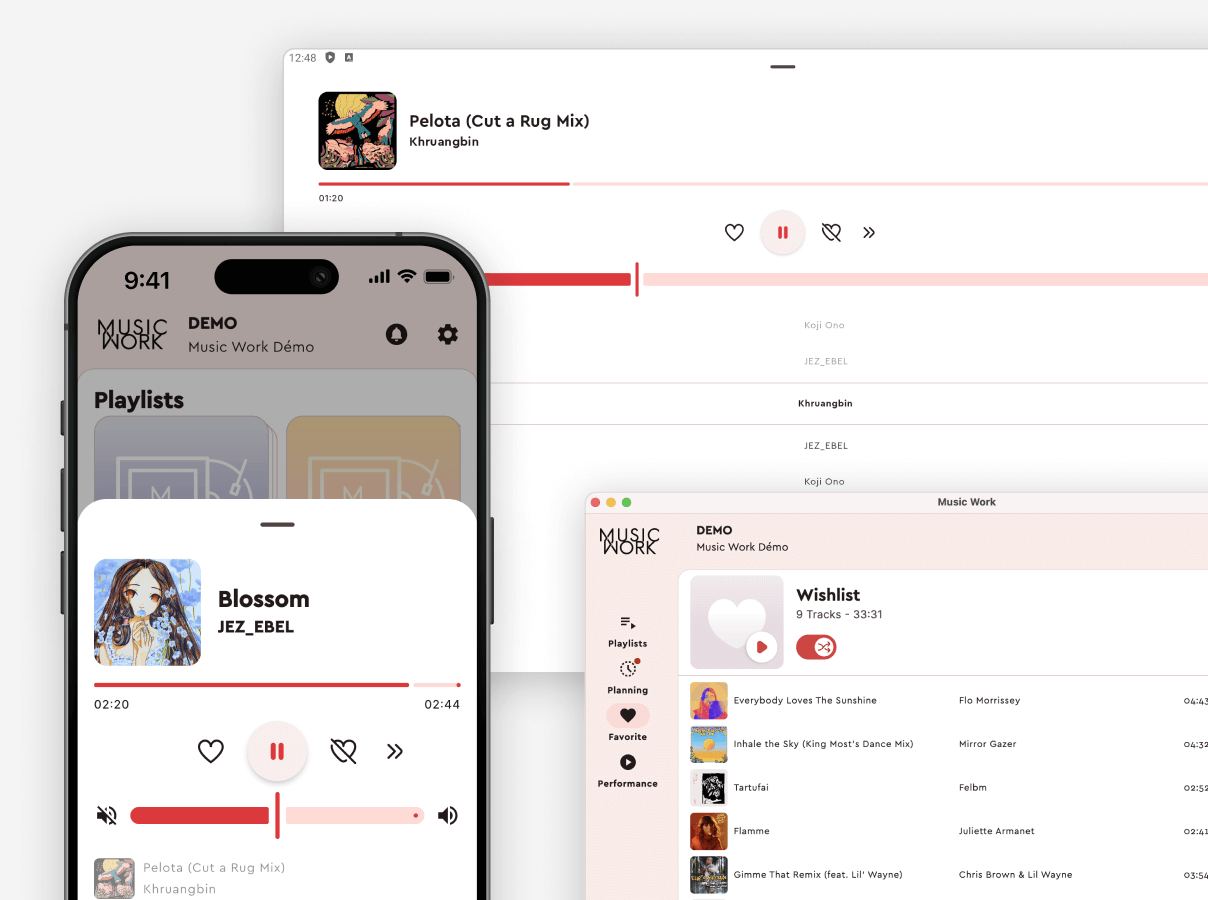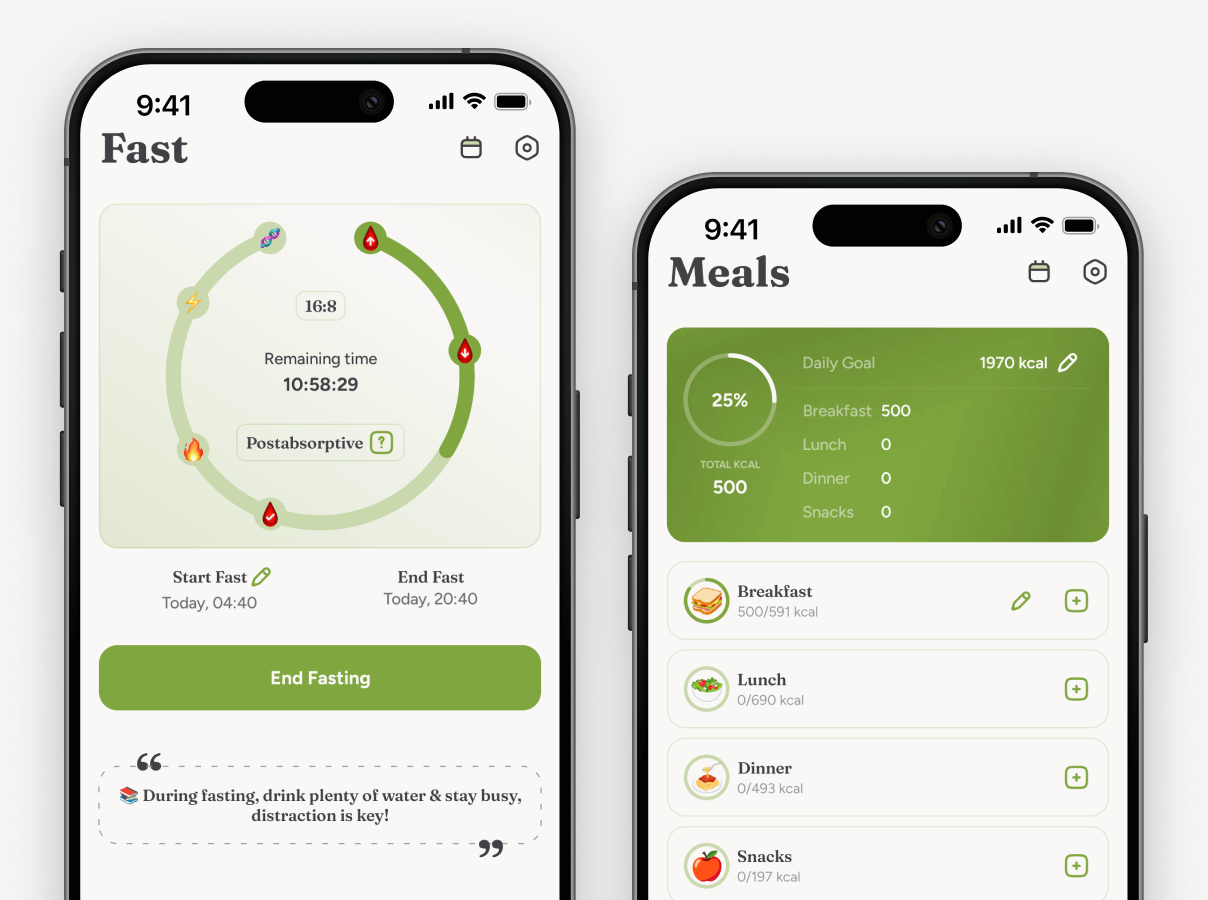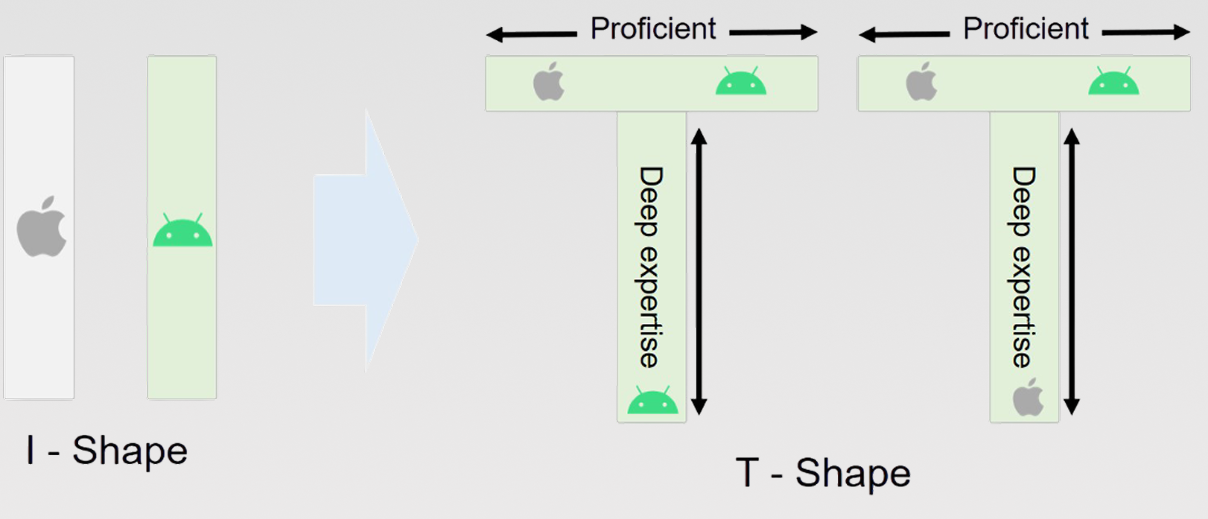Markaz is Pakistan’s second-largest e-commerce platform, with over 5 million downloads and 1,000,000+ active users. It has consistently ranked in the top 10 on Google Play and top 15 on the Apple App Store. The app includes 100+ screens and is fully built with Compose Multiplatform, combining a shared UI with native integrations like camera, QR scanning, payments, native navigation, and analytics. The app is fully optimized to run on low-end devices and slow networks, making it accessible to people living in remote areas with olders devices. The app size remains under 10MB on Android and 137MB on iOS.
Kashif MehmoodMobile Engineering Lead at Markaz










